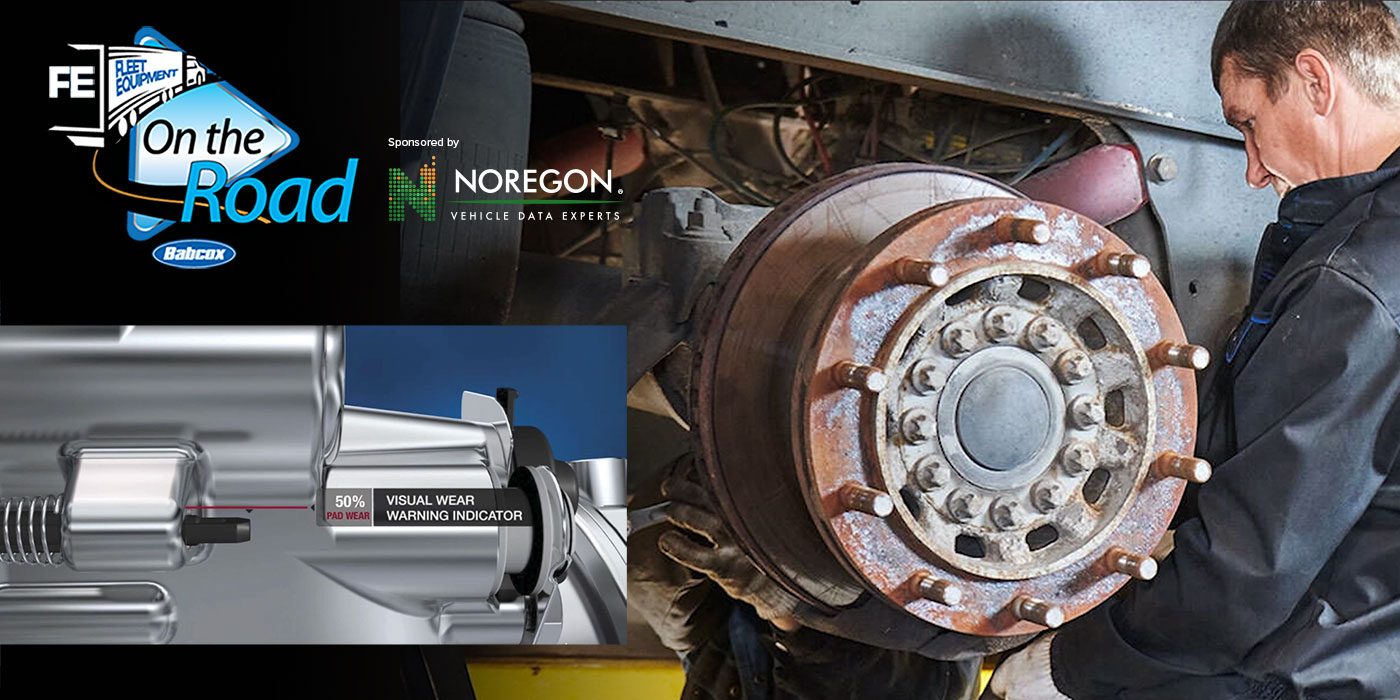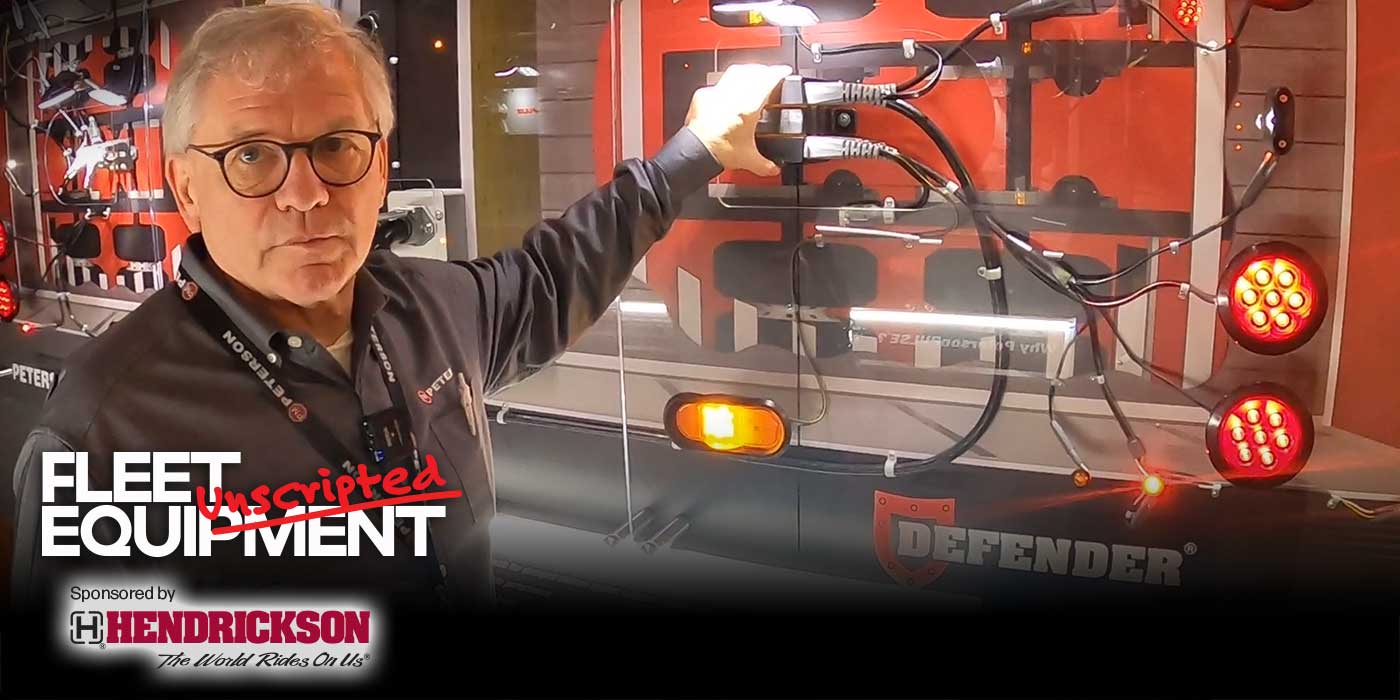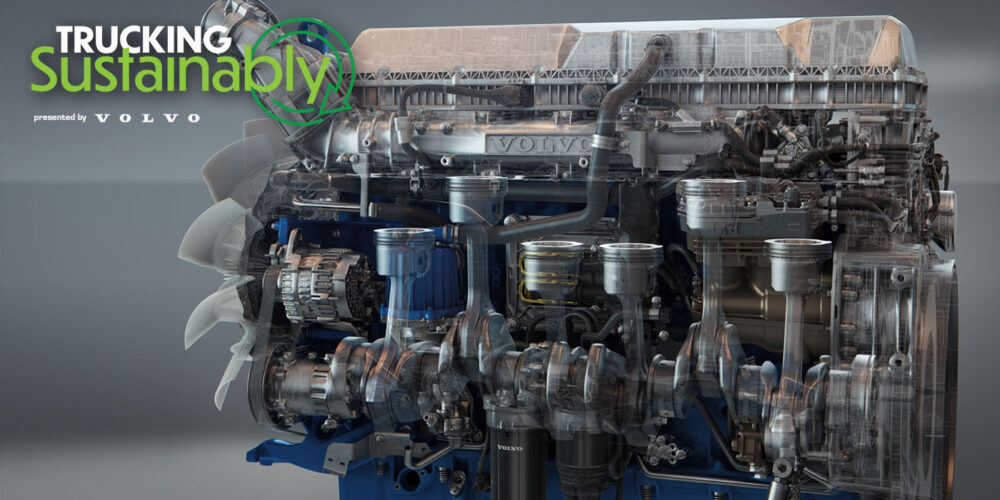As a tire loses pressure, the sidewalls begin to flex more, and heat builds up within the tire. If the overheating gets severe, a section of the tire’s rubber can separate from its carcass. While that’s a worst case scenario, there are plenty of other reasons why low tire pressure is your fleet’s worst nightmare. Increased rubber-to-ground contact means more wear and tear- that means higher repair costs and maintenance-related downtime.
Fleets are constantly striving for maximum efficiency so the demand for products to help improve operations is on the rise in the heavy-duty space. That’s why tire solution providers are committed to the production of technology that keeps your wheels rolling in the right direction
Let’s have Craig Smith, vice president of marketing and communications, Pressure Systems International (P.S.I.), join the conversation to explain how ATIS technology on trailer tires help keep wheel-end temps at bay.
“So, automatic tire inflation or ATIS, as we all call it, keeps tires from running under-inflated by continuously filling a tire that’s developed a leak. So, the one thing we find when a tire runs under-inflated, it can begin to generate increasing temps, which can really impact the wheel, tire, and wheel end area. The tire effectively can become like an oven that bakes that area and that wheel end on which it’s mounted. And this can include the bearings as well. One of the benefits of proper tire inflation is tire life extension, up to 10%. We found it also protects the tire casing, and that’s important for the integrity of the casing for retreading. Fleets can also expect a fuel increase up to 1.4%, we found on the average. And that’s great for fuel economy.”
This is great in it being that tires and fuel makes up two of the highest costs in the industry, but this type of technology also mitigates the potential for much more severe outcomes such as breakdowns, accidents, roadside calls, and, of course, the costly hit to profit that come from repair fines and downtime.
Should the indicator go off and air starts pumping into your tire, you can choose to sideline the truck there depending on the severity of the leak or continue onto the next convenient stop and allow the system to do its thing.
Companies like P.S.I. and other tire management solution providers additionally understand the importance of not just staying alert regarding tire leaks and punctures, but also actively monitoring the state of each wheel-end. P.S.I. recently introduced Digital Thermalert, a system streaming real-time temperature readings for each wheel end directly to a TPMS portal, even while the vehicle is in motion.
“Fleet equipment runs at different temperatures based on the load, the roads, the drivers, break-in periods for different kinds of equipment. For example, disc brake systems, we’ve found, seem to break in at a higher temperature than traditional drum brake systems. These types of break-ins and high heat situations can be closely observed and noted. This allows the fleet to find their normal operating temperature, so we’re not getting false alerts and things like that.”
A great way to establish the status quo for operating conditions, but say the system does go off and you’re wheel end temp is climbing:
“It activates when the wheel end temperature reaches an extreme temperature, typically about 100 degrees above normal operating temperature. So, what happens is our system indicator light that I mentioned, will turn on. And if it stays on, you need to pull over to a safe place and do a visual inspection. Typically, what happens is you’ll hear an audible noise of air escaping a wheel end. The way our system works is a little eutectic screw melts and allows air pressure to bleed out of the axle wheel end that is giving you the trouble, that is overheated.”
Identifying wheel end failures promptly and keeping a close eye on the state of each tire is crucial to reduce the risk of a wheel off situation or worse. Keeping those tires in top shape will help ensure your trucks will stay on the road.













